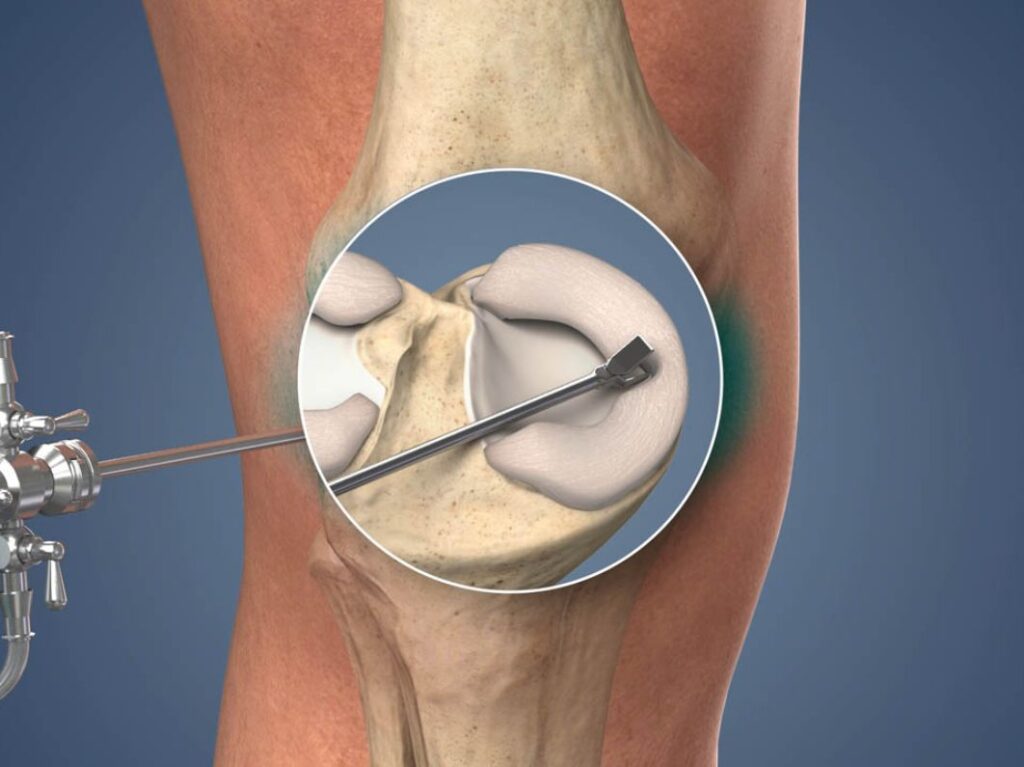Meniscus Repair and Debridement
Quick Contact

Preserve Your Knee Health with Meniscus Repair
The meniscus is a crescent-shaped cartilage in the knee that acts as a cushion between the thigh bone (femur) and shin bone (tibia). Each knee has two menisci—medial and lateral—that help distribute weight, absorb shock, and stabilize the joint during movement. Tears in the meniscus are common injuries, often resulting from sports activities, sudden twisting motions, or age-related degeneration.
When damaged, the meniscus can cause pain, swelling, stiffness, locking of the knee, or a feeling of instability. Depending on the type, location, and severity of the tear, treatment options include meniscus repair or debridement (trimming the torn portion).
Meniscus repair is a surgical procedure aimed at preserving the natural cartilage by stitching the torn edges together. It is often recommended for younger patients or when the tear is located in the vascular (outer) zone, where healing is more likely. On the other hand, debridement involves removing the damaged fragment to prevent it from interfering with joint function. This is commonly used when repair is not feasible, especially in degenerative or complex tears.
Both procedures are performed arthroscopically using tiny instruments and a camera through small incisions. This minimally invasive approach allows for quicker recovery, minimal scarring, and reduced post-operative pain.
Dr. Dhruv Paul uses advanced arthroscopic techniques to assess the tear pattern and choose the most suitable intervention, with a strong emphasis on preserving as much of the meniscus as possible. This is vital for maintaining long-term knee function and preventing early arthritis.
Post-surgery, a structured physiotherapy program helps restore strength, range of motion, and stability. With the right care and expert guidance, most patients return to an active lifestyle within a few weeks to months.

